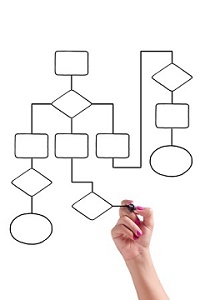Accounts Payable: To Automate or Not to Automate?

In today's highly competitive and increasingly digital market, there is more pressure than ever for finance executives to better manage working capital and corporate spending. One tremendous way to do this is by eliminating a paper-based accounts payable process and replace it with electronic invoicing and automation.
Recent industry research has demonstrated that more automation means better productivity. According to Billentis, highly automated organizations are able to process 15 times as many invoices as those that rely on manual operations, with an average turnaround of one-fifth the time. And highly automated organizations manage more than 90 percent of their spending, while manual operations have less than 25 percent of their spending under management, Aberdeen has found.
Automation can be a great thing for your company, from the AP department to the corner office but the questions remain, which processes should be automated and which should still be carefully monitored by employees?
Many of the tedious parts of accounts processing can and should be automated, leaving AP professionals the time and capacity to do more thought-intensive, meaningful work.
Purchase order matching is a perfect example. If the goods purchased arrive as planned and the invoice included matches the expected cost, there's no need for a manual checker. This process can be automated so that the software only flags an invoice for manual check if there is a discrepancy.
Administrative costs and other recurring invoices-such as rent, cleaning services, etc.-are another ...
FREE Membership Required to View Full Content:
Joining MSDynamicsWorld.com gives you free, unlimited access to news, analysis, white papers, case studies, product brochures, and more. You can also receive periodic email newsletters with the latest relevant articles and content updates.
Learn more about us here